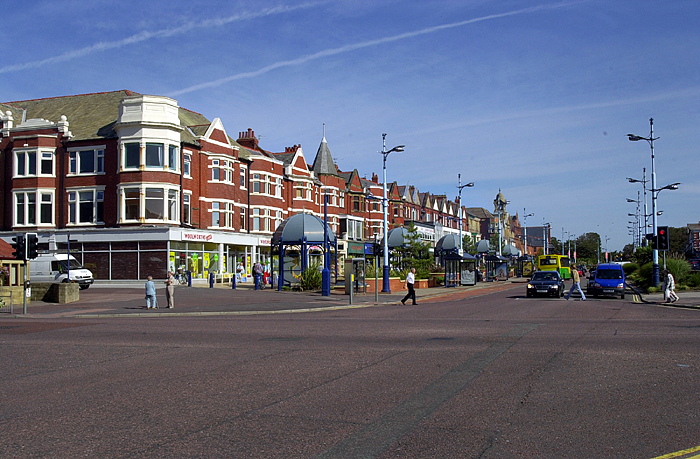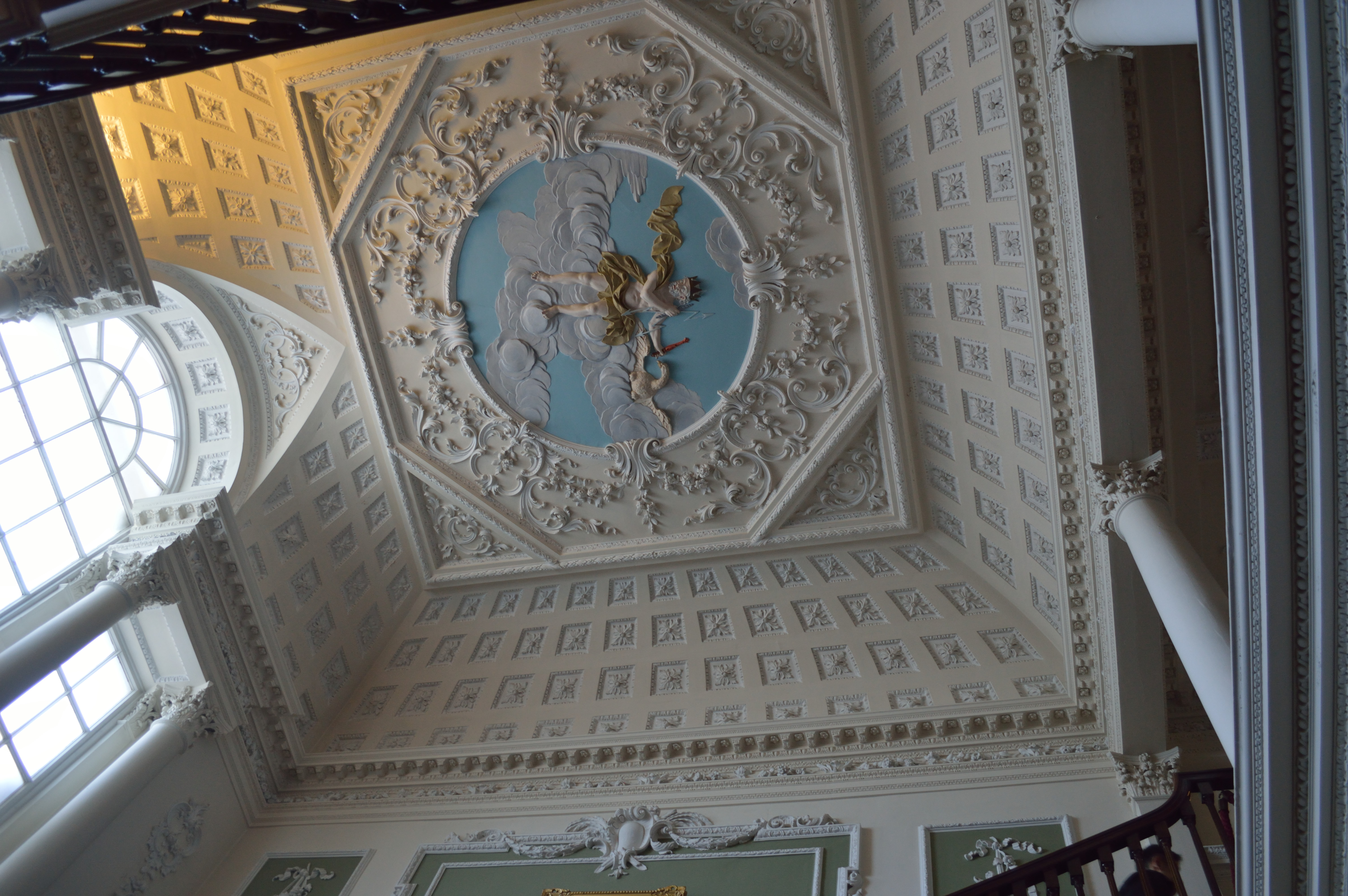|
Lytham St Annes
Lytham St Annes () is a seaside town in the Borough of Fylde in Lancashire, England. It is on the The Fylde, Fylde coast, directly south of Blackpool on the Ribble Estuary. The population at the United Kingdom Census 2011, 2011 census was 42,954. The town is almost contiguous with Blackpool but is separated from it by Blackpool Airport. The town is made up of the four areas of Lytham, Ansdell, Fairhaven and St Annes-on-Sea. Lytham St Annes has four golf courses and links (golf), links, the most notable being the Royal Lytham & St Annes Golf Club, which regularly hosts the The Open Championship, Open Championship. Lytham St Annes is a reasonably affluent area with residents' earnings among the highest in the North of England. Towns and districts Lytham St Annes consists of four main areas: Lytham, Saint Anne's-on-the-Sea, Ansdell and Fairhaven. Lytham The name Lytham comes from the Old English ''hlithum,'' plural of ''hlith'' meaning (place at) the slopes'.'' The Green, a st ... [...More Info...] [...Related Items...] OR: [Wikipedia] [Google] [Baidu] |
Lytham Hall
Lytham Hall is an 18th-century Georgian country house in Lytham, Lancashire, from the centre of the town, in of wooded parkland. It is recorded in the National Heritage List for England as a designated Grade I listed building, the only one in the Borough of Fylde. History The manor of Lytham was recorded in the ''Domesday Book'' of 1086 as ''Lidun''. In the 12th century it was given to the Benedictine monks of Durham Priory for the foundation of a monastic cell—Lytham Priory. Following the Dissolution of the Monasteries in the 1530s, Lytham Priory came into the possession of Sir Richard Molyneux. In 1606 the land was acquired by local landowner Cuthbert Clifton, who built a house there. Cuthbert's descendant, Thomas Clifton, replaced that house with the current hall, which was built 1757–1764 to the design of John Carr of York. For the next two centuries the Clifton estate, at its largest, comprised . Ownership of the property descended to John Clifton (1764–1832 ... [...More Info...] [...Related Items...] OR: [Wikipedia] [Google] [Baidu] |
Lytham Railway Station
Lytham railway station serves the town of Lytham St Annes, Lancashire on the Blackpool South to Preston railway line. Services The conurbation of Lytham St Annes is served by three stations: Lytham, (adjacent to the Royal Lytham & St Annes Golf Club) and St Annes. Northern runs trains from here to Blackpool South and to Kirkham, and once an hour all week (including Sundays); these services are much less frequent than those to Blackpool North. Services are usually worked by Class 150 Diesel Multiple Units. History The road name Station Road attests to the fact that the original station was about 500 metres east of the present one; a fire station now stands on the spot. The present station in Ballam Road was opened in 1863 when the separate Blackpool and Lytham Railway Blackpool is a seaside resort in Lancashire, England. Located on the northwest coast of England, it is the main settlement within the borough also called Blackpool. The town is by the Irish Sea, ... [...More Info...] [...Related Items...] OR: [Wikipedia] [Google] [Baidu] |
Land Yacht
Land sailing, also known as sand yachting, land yachting or dirtboating, is the act of moving across land in a wheeled vehicle powered by wind through the use of a sail. The term comes from analogy with (water) sailing. Historically, land sailing was used as a mode of transportation or recreation. Since the 1950s, it has evolved primarily into a racing sport. Vehicles used in sailing are known as sail wagons, sand yachts, or land yachts. They typically have three (sometimes four) wheels and function much like a sailboat, except that they are operated from a sitting or lying position and steered by pedals or hand levers. Land sailing works best in windy flat areas, and races often happen on beaches, airfields, and dry lake beds in desert regions. Modern land sailors, generally known as "pilots", can go three to four times faster than the wind speed. A gust of wind is considered more beneficial in a land sailing race than a favorable windshift. A similar sport, known as ice yachti ... [...More Info...] [...Related Items...] OR: [Wikipedia] [Google] [Baidu] |
St Anne's Pier
St Anne's Pier is a Victorian era pleasure pier in the English seaside resort of St Anne's-on-the-Sea, Lancashire. It lies on the estuary of the River Ribble. The pier, designed by Alfred Dowson, was completed in 1885 and was one of the earliest public buildings in St Anne's, a 19th-century planned town. The pier was originally intended to be a sedate promenading venue for the resort's visitors, but attractions were later added. Changes made to the estuary channels to improve access to Preston Dock left the pier on dry land and ended its steamer services to Blackpool and Liverpool. A Tudor-style entrance was built in 1899. Early 20th-century additions included a Moorish-style pavilion in 1904 and the Floral Hall in 1910. The Moorish Pavilion was destroyed by fire in 1974, shortly after the town's centenary; the Floral Hall burned down in 1982. Originally long, the pier was reduced to by the demolition of the seaward end. English Heritage has designated the pier a Grade II ... [...More Info...] [...Related Items...] OR: [Wikipedia] [Google] [Baidu] |
Blue Plaque
A blue plaque is a permanent sign installed in a public place in the United Kingdom and elsewhere to commemorate a link between that location and a famous person, event, or former building on the site, serving as a historical marker. The term is used in the United Kingdom in two different senses. It may be used narrowly and specifically to refer to the "official" scheme administered by English Heritage, and currently restricted to sites within Greater London; or it may be used less formally to encompass a number of similar schemes administered by organisations throughout the UK. The plaques erected are made in a variety of designs, shapes, materials and colours: some are blue, others are not. However, the term "blue plaque" is often used informally to encompass all such schemes. The "official" scheme traces its origins to that launched in 1866 in London, on the initiative of the politician William Ewart, to mark the homes and workplaces of famous people. It has been administe ... [...More Info...] [...Related Items...] OR: [Wikipedia] [Google] [Baidu] |



